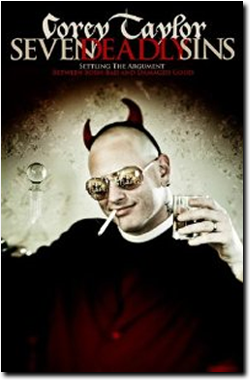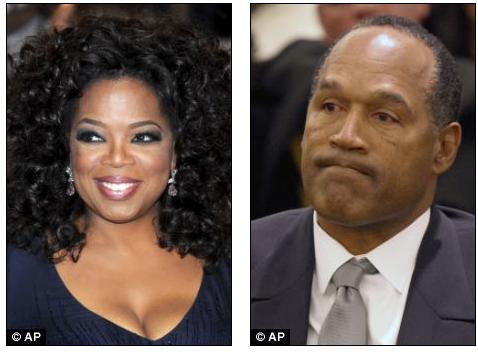Sew La Ti Embroidery [Search results for interview]
Has O.J. Simpson confessed murder to Oprah? Huge TV interview planned in which convict 'will admit he killed Nicole in self-defence
Corey Taylor's "Seven Deadly Sins"

The perils of a Lo-cut dress: Jennifer Lopez suffers embarrassing wardrobe malfunction live on German TV

Heritage: Fallen Egyptian archaeologist wants international Grand Museum

Tom Andersen talks about horror, 3D & pissing Hollywood off

New bags
Interview

Did Elisabetta Canalis' marriage plans scare off Hollywood's most eligible bachelor George Clooney?

Southern Europe: Greece will not go to court over Marbles, says minister

Uranium's Impact on Heavy Music, in the words of Mistress Juliya

The Bulldogs (based on an underground comic-book)

Near East: Byzantine church to be 'restored' as mosque

THE FINAL RESULTS OF MISS USA 2011

Taryn Chute was crowned Miss Montana 2011 on June 18

Raw grief of Jackass star's best friend: Heartbreaking video shows inconsolable Bam Margera as he visits spot where Ryan Dunn died in fiery crash

Don't do it pet! Cheryl Cole's family beg her not to forgive cheating ex Ashley as rumours of reconciliation heat up

No Makeup Week! (I mean, they like me with makeup, too. Oh, you know what I mean...)

Favourite Movies With Harry Cook

Jasta debuts NEW song featuring Zakk Wylde
Gay man directing Gaiman



